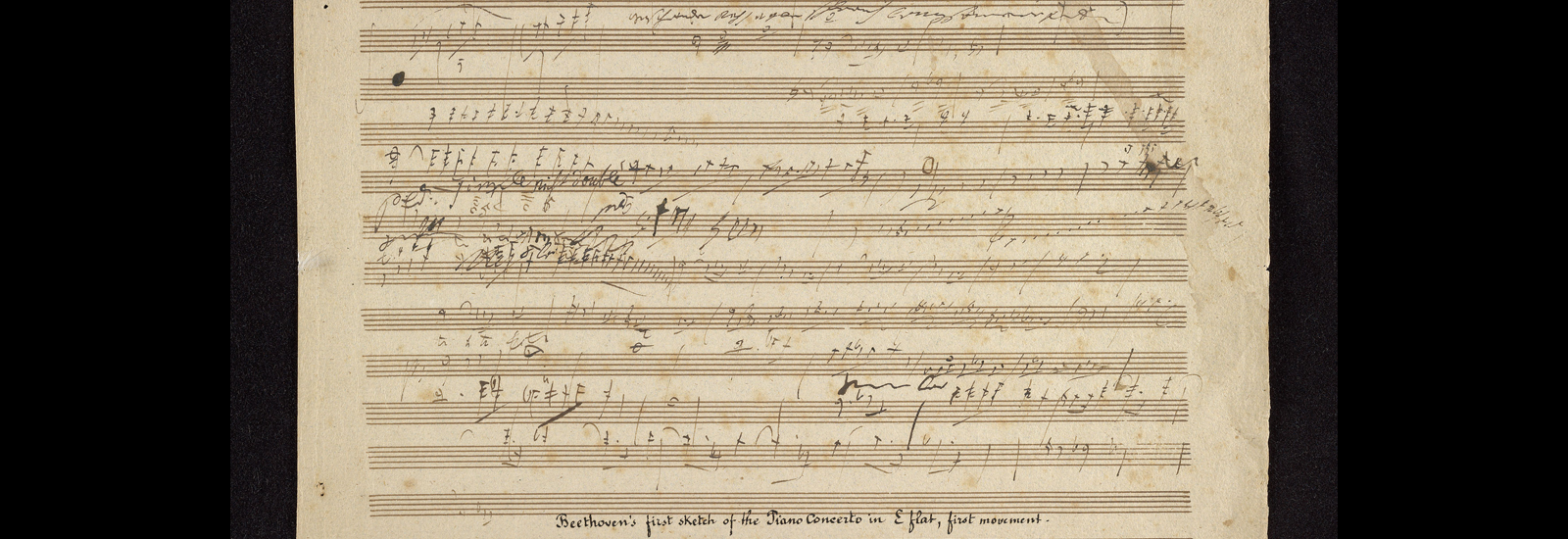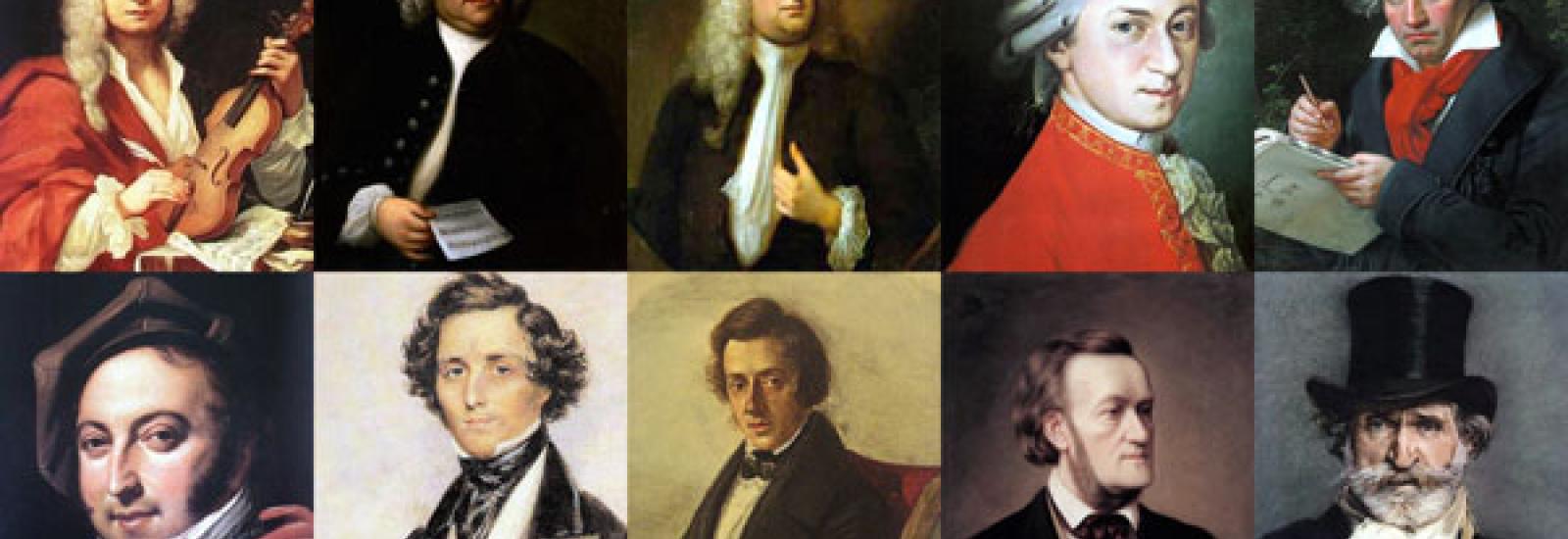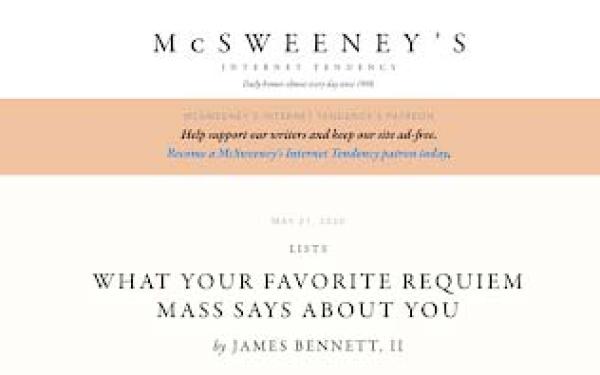Students' final project in the OSU course "MUSIC 6645 Music's Meanings" created an interactive essay explaining the meanings in one piece of music. During the course, they studied works by a range of composers including J.S Bach, Wolfgang Mozart, Georges Bizet, and Florence Price; each student chose their piece to research and exhibit for this project.
What it Means to Truly Love: On Carrie Jacobs-Bond’s 1901 Song “I Love You Truly”
Nick Booker
This project explores the life and music of Carrie Jacobs-Bond, a composer from the Midwest who may be lesser known now but was once one of the most popular composers in the country.
Read Nick's essay below.
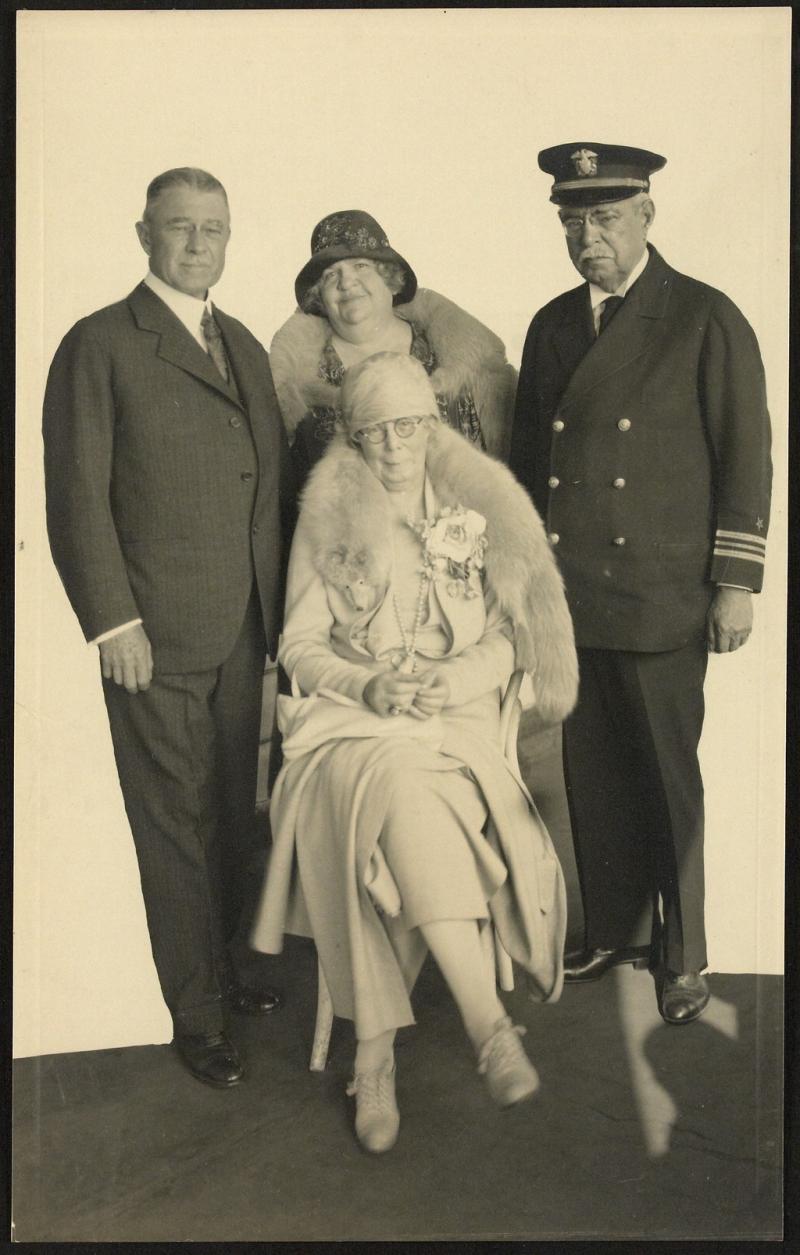
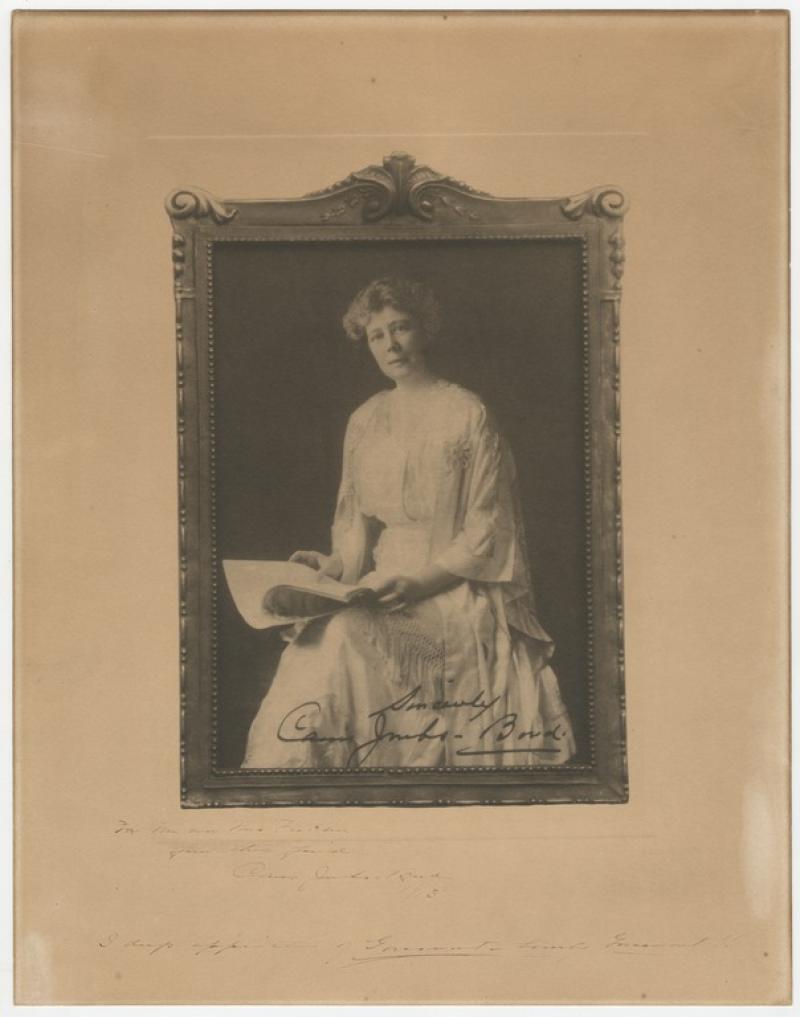

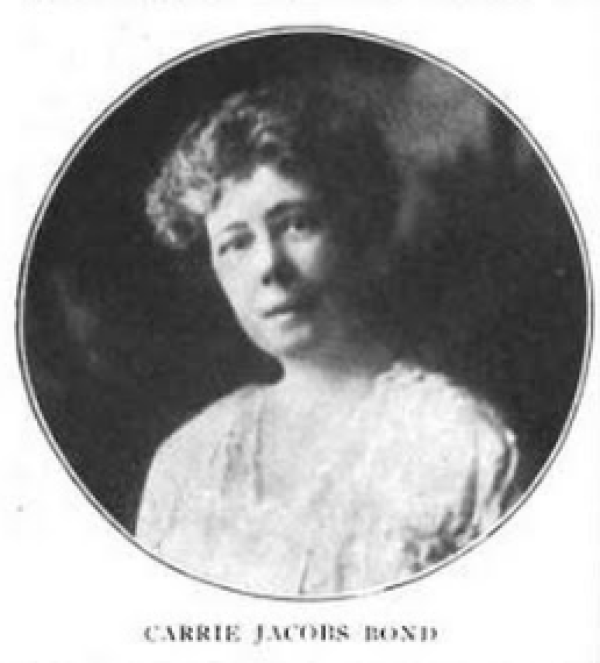
An Exploration of Allegory in “Jesu, meine Freude” by Dietrich Buxtehude
Christopher Dent
As we begin to explore the chorale cantata setting of “Jesu, meine Freude” by Dietrich Buxtehude, we will have the opportunity to view examples of allegory and musical imagery used throughout Buxtehude’s work.
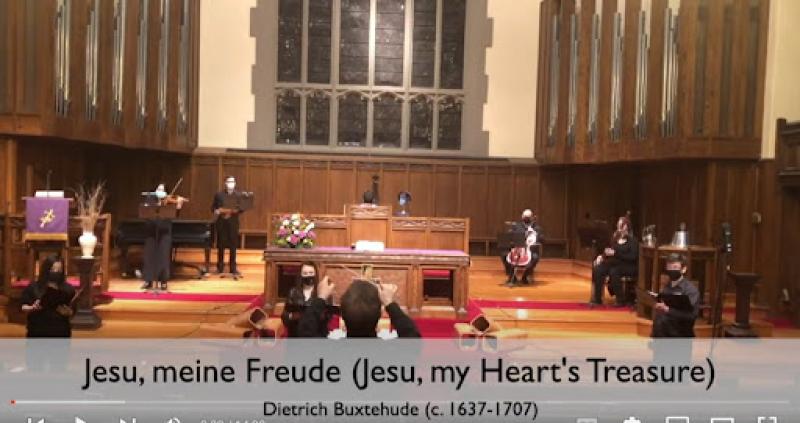
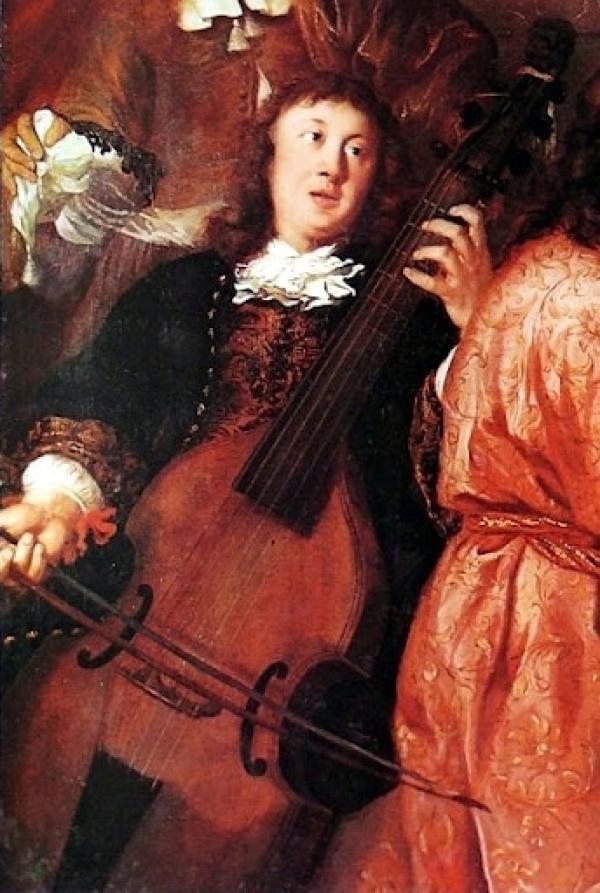
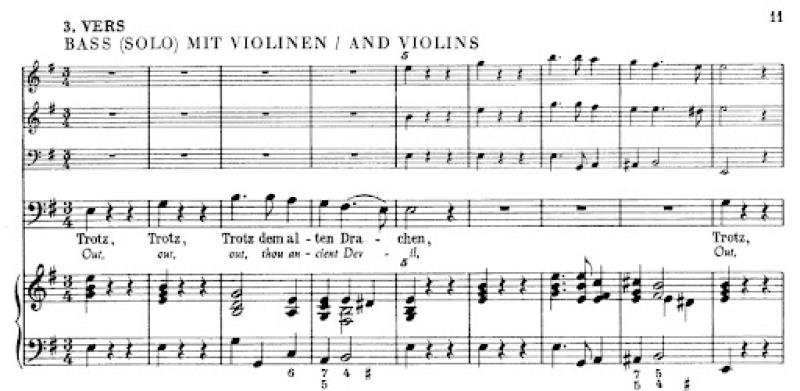
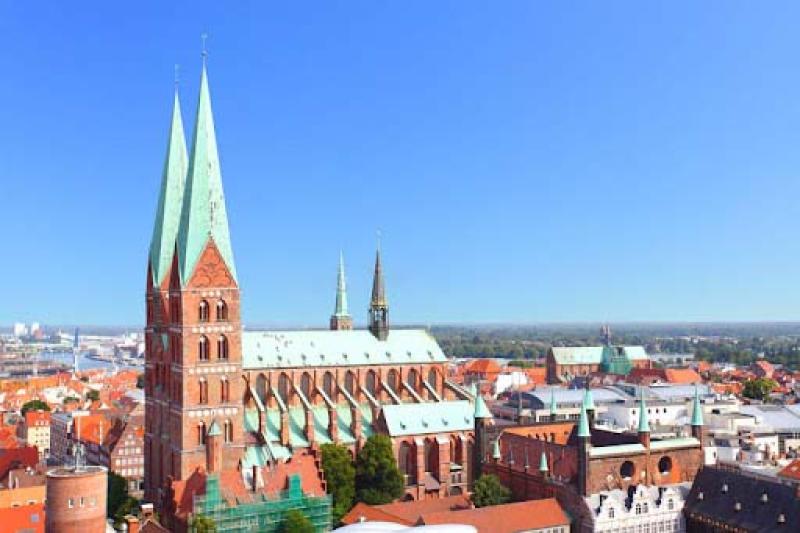
Narrative Moments within Modest Mussorgsky’s Pictures At An Exhibition
Amelia DuPlain
An analysis of narrative moments within Modest Mussorgsky’s ten movement piano work Pictures at an Exhibition, a piece that was inspired by the death of painter and architect Viktor Hartmann.
Read Amelia DuPlain's essay below:
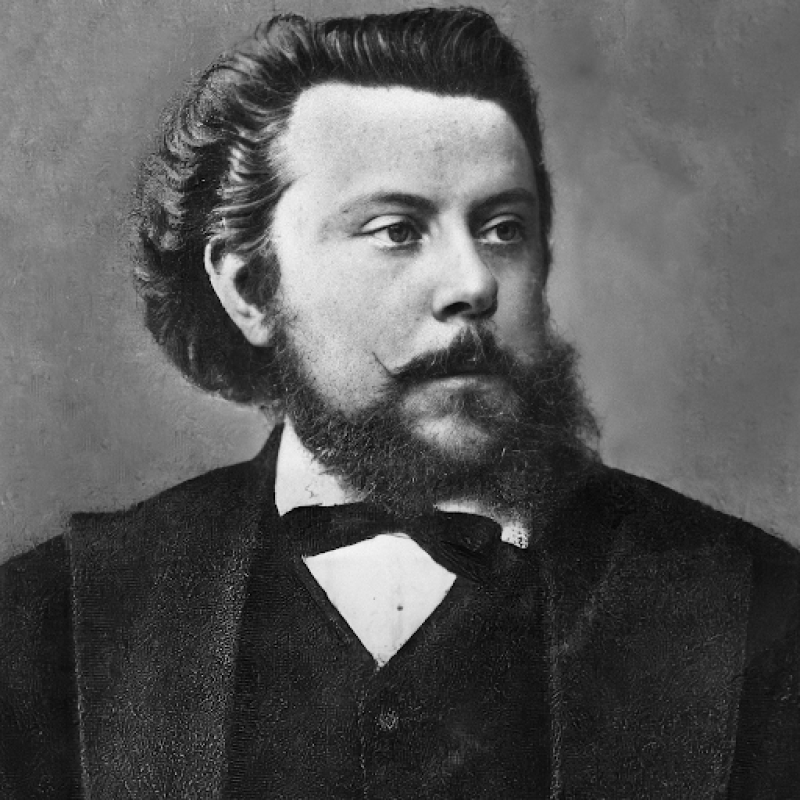
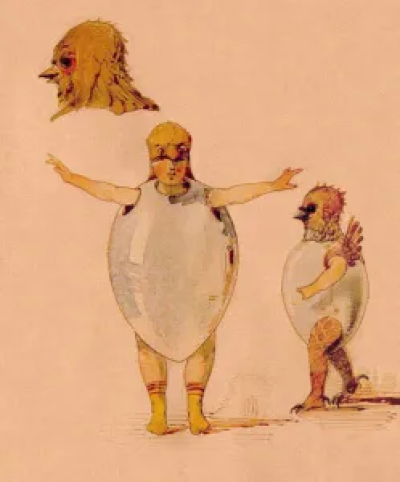
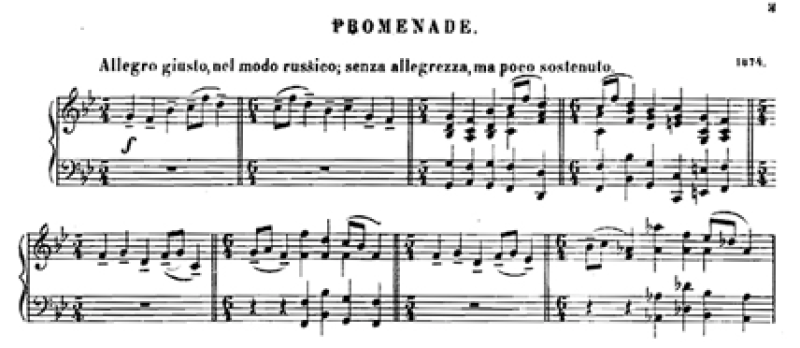
Narrative Delineation in Strauss’ Tone-Poem; Don Juan
Austin Thomas
An in-depth analysis of the narrative moments found within Don Juan.
Read Austin Thomas' essay below:

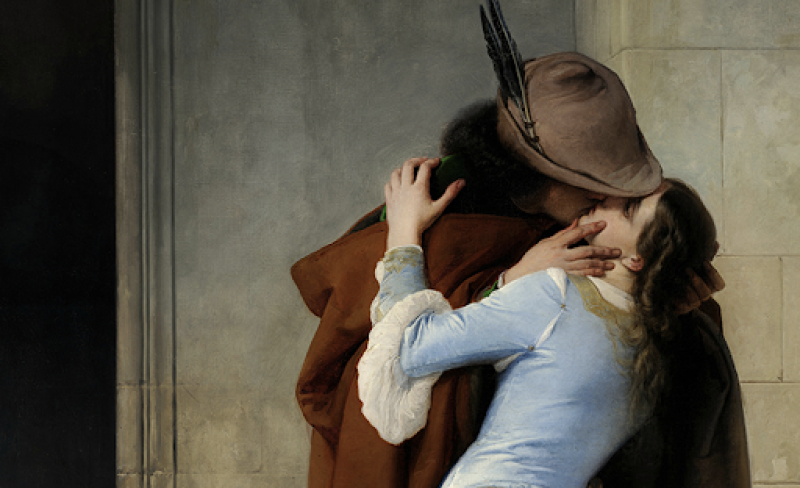
The Bells of Notre Dame: Ringing with Exoticism
Cristina “Trinity” Vélez-Justo
A deep dive into the mysteries of Alan Menken’s The Hunchback of Notre Dame’s (1996 film) first musical number, “The Bells of Notre Dame,” and how it captured and relayed the essence of Renaissance/Medieval France to contemporary American audiences.
Read Cristina "Trinity" Vélez-Justo's essay below:
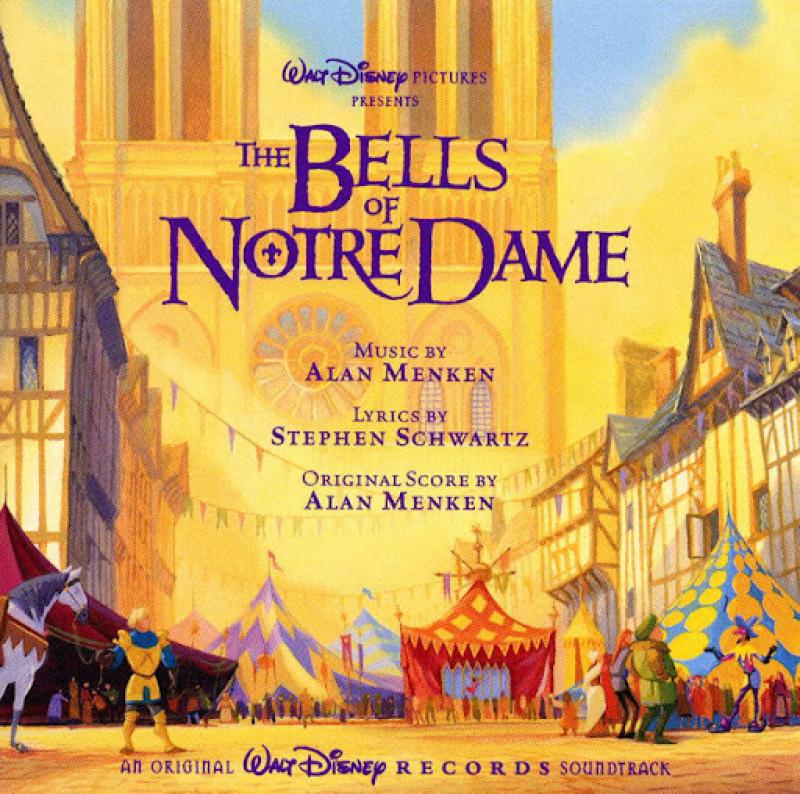


Drama and Music in Berlioz’s Grande Messe des Mortes
Gareth Whelan
An overview of some ways in which Hector Berlioz encoded and communicated his dramatic vision of the Requiem text in his musical treatment of the same.
Read Gareth Whelan's essay here:
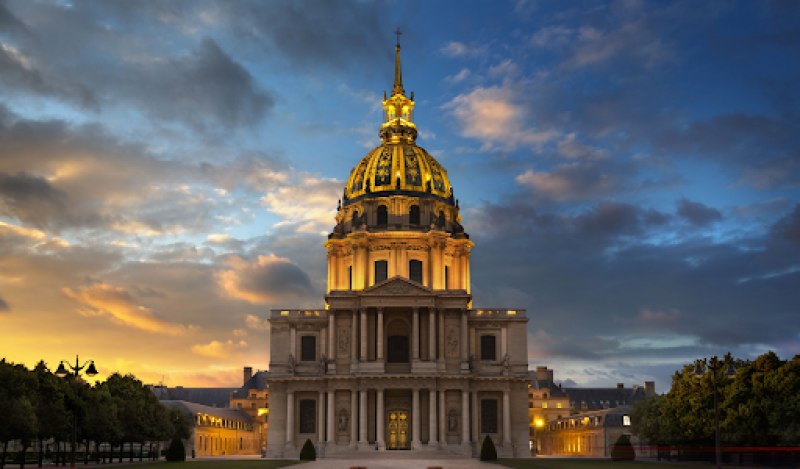
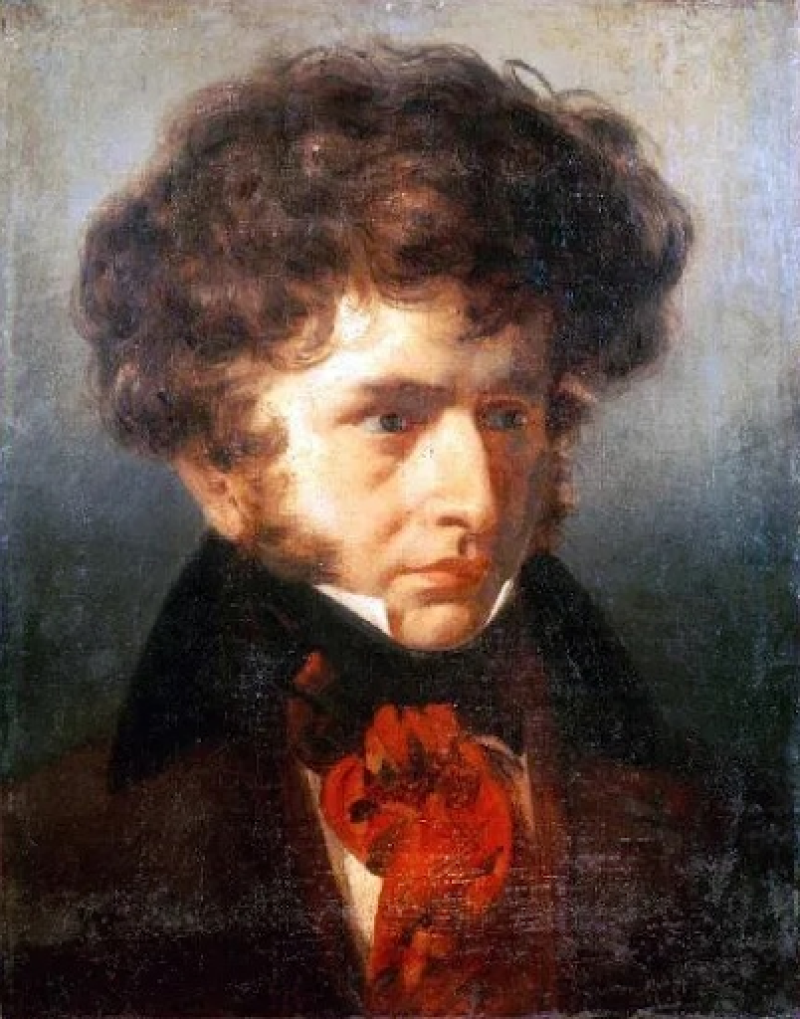

Death’s Lullaby: An Exploration of Fauré’s Requiem
Alexandra Taliani
Gabriel Fauré’s Requiem in D Minor is gentle and peaceful, departing from the traditional requiem mass, reshaping the liturgy, and illuminating his views on death as a journey from this life to happiness above.
Read Alexandra Taliani's essay below:
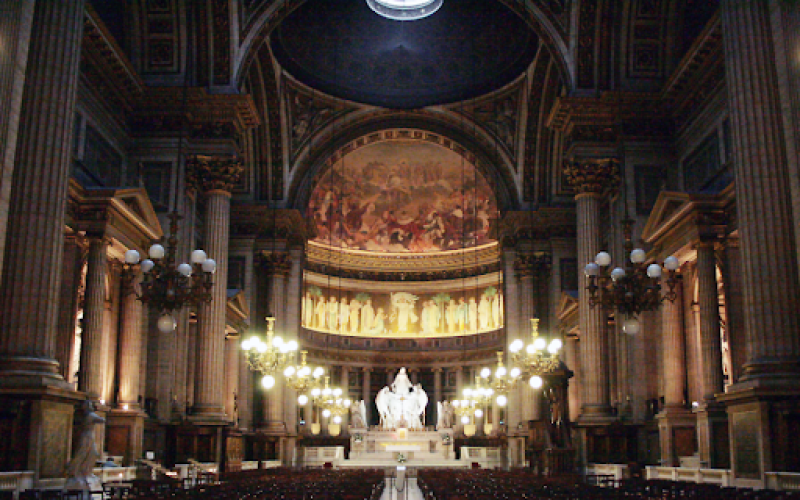
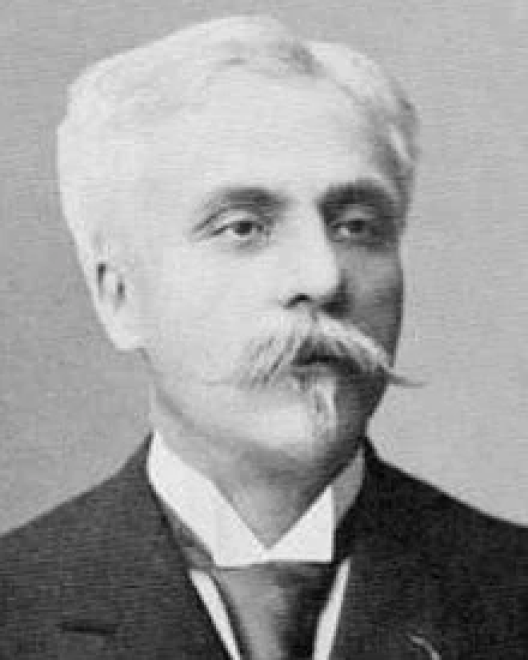
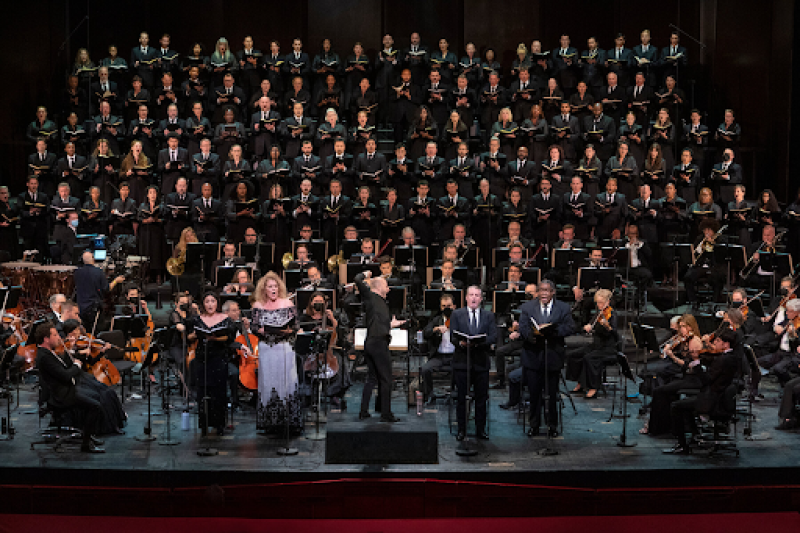

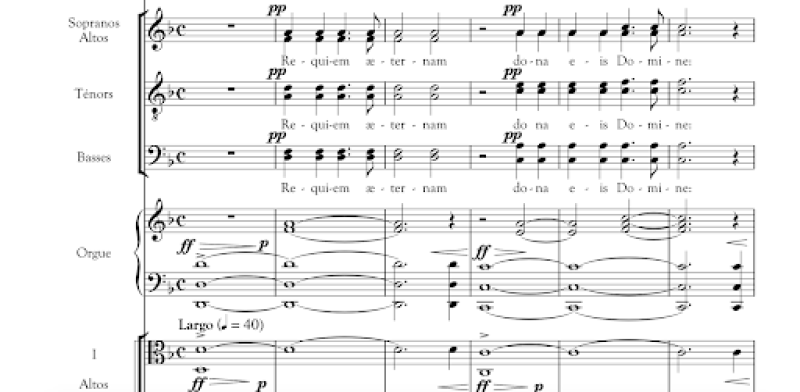
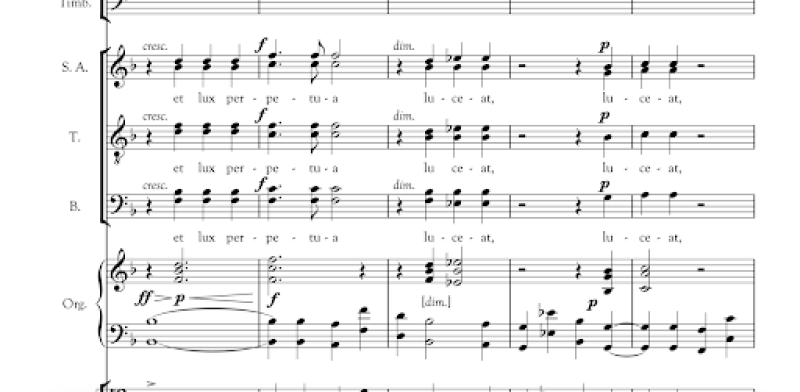
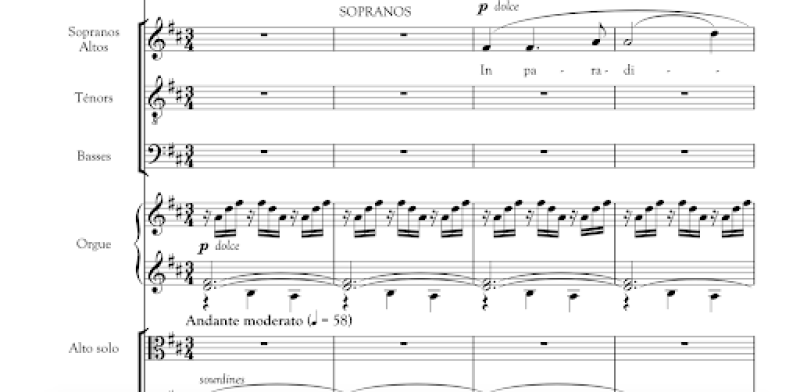
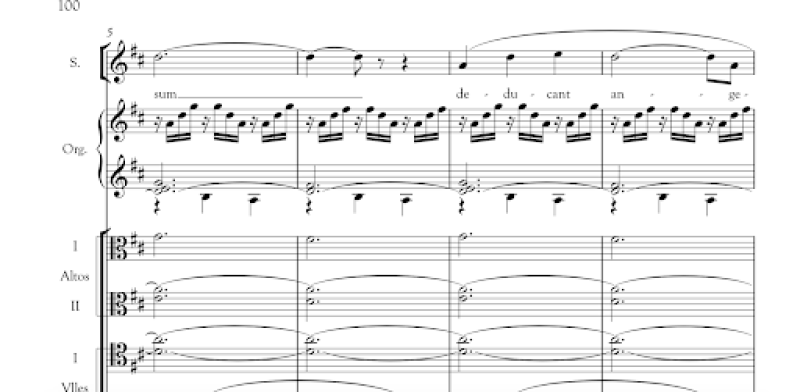
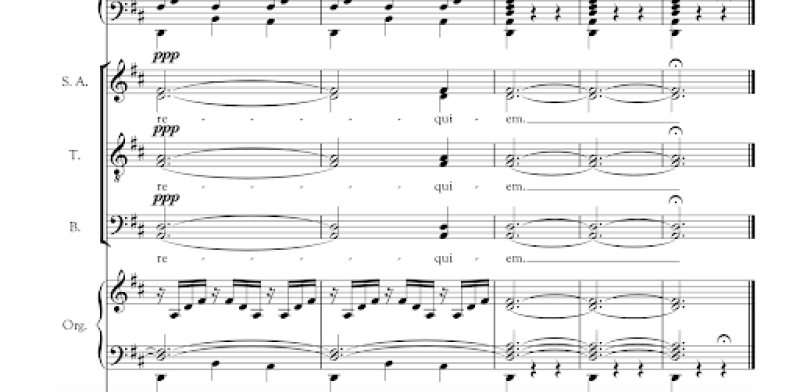
Gustav Holst: The Planets, Op. 32
T. Shizuma
Finding meaning in Holst's seven-movement suite, with each movement named after the planets from our solar system.
Read T. Shizuma's essay below:

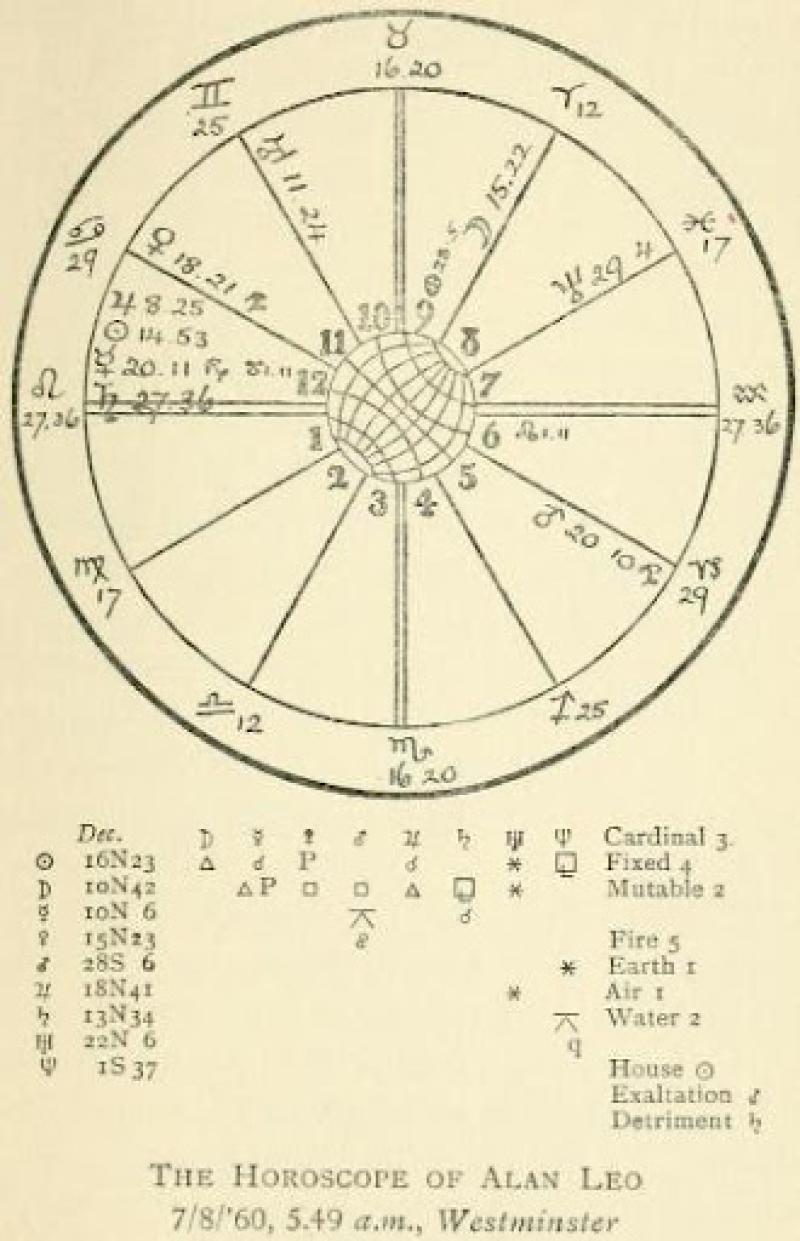

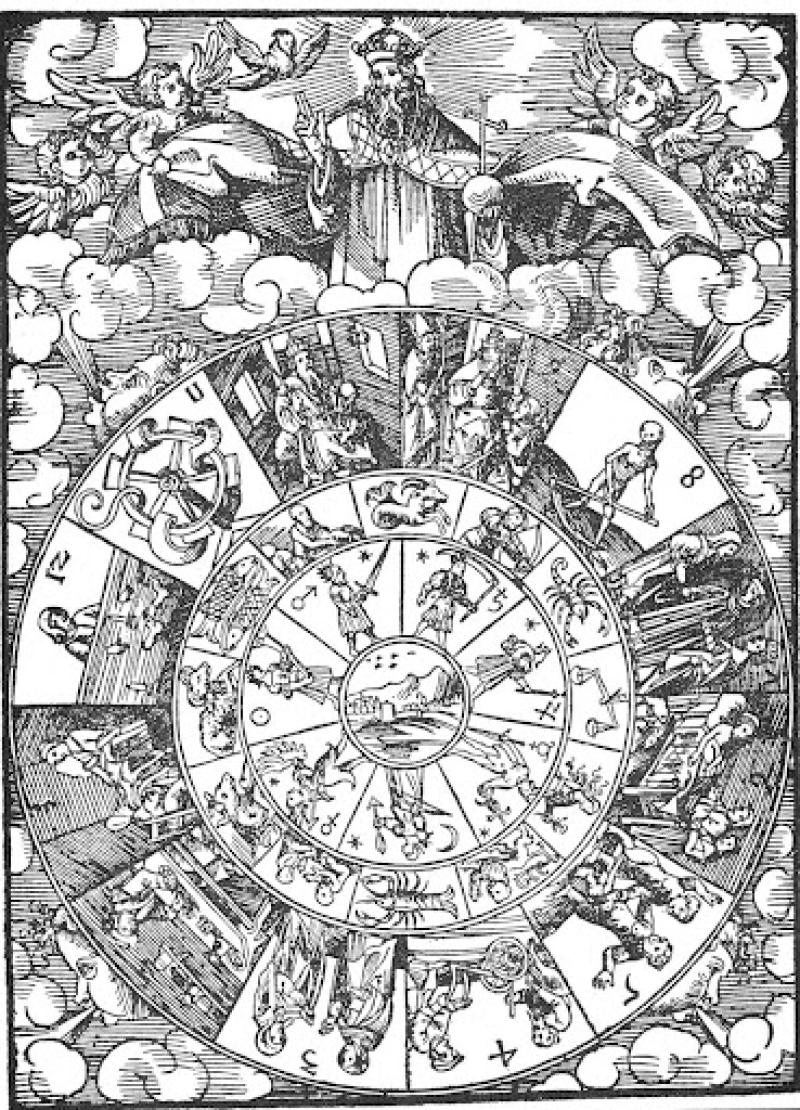
From Storybook to Concert Hall: Schumann’s Fairy Tales
Jaryn Danz
Nineteenth-century composers were frequently influenced by fantastic and mysterious elements of contemporary fiction, as investigated here in Robert Schumann’s Märchenbilder for viola and piano.
Read Jaryn Danz's essay below:
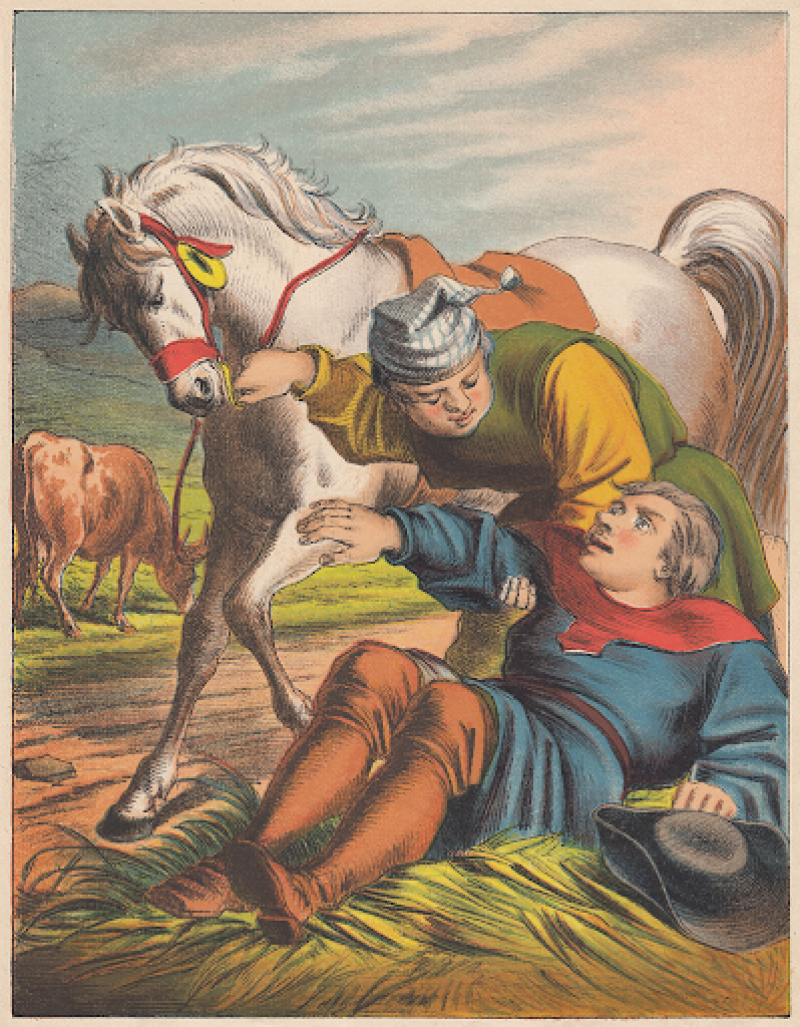
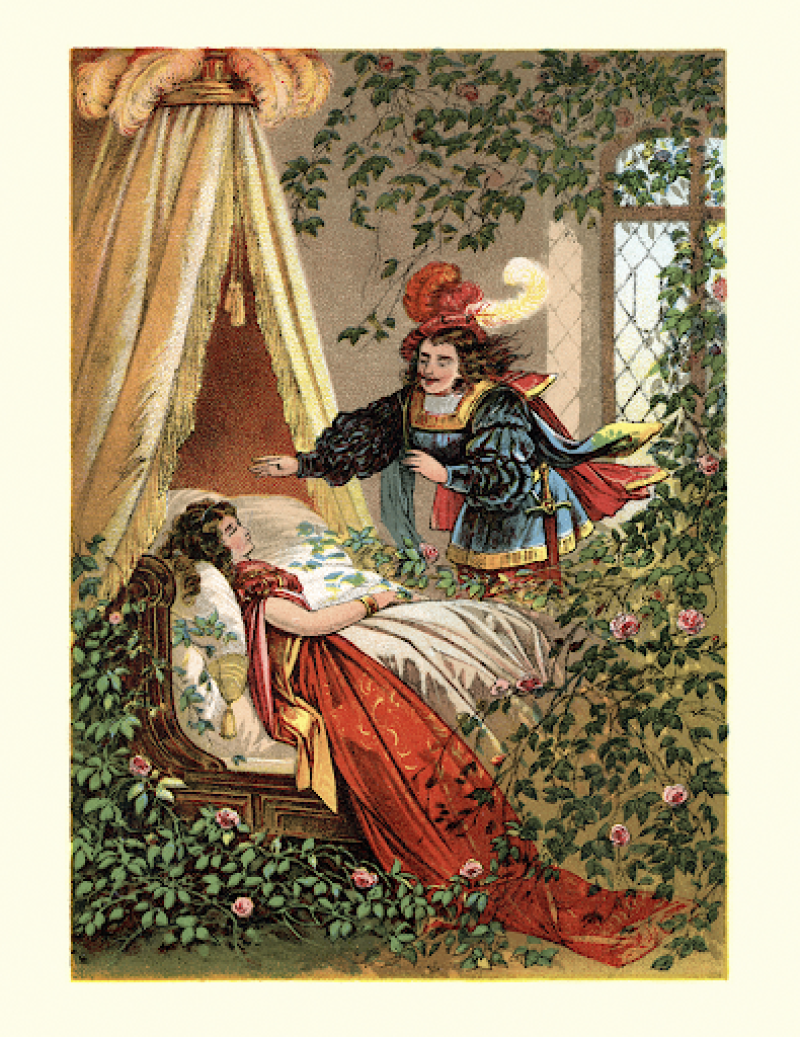
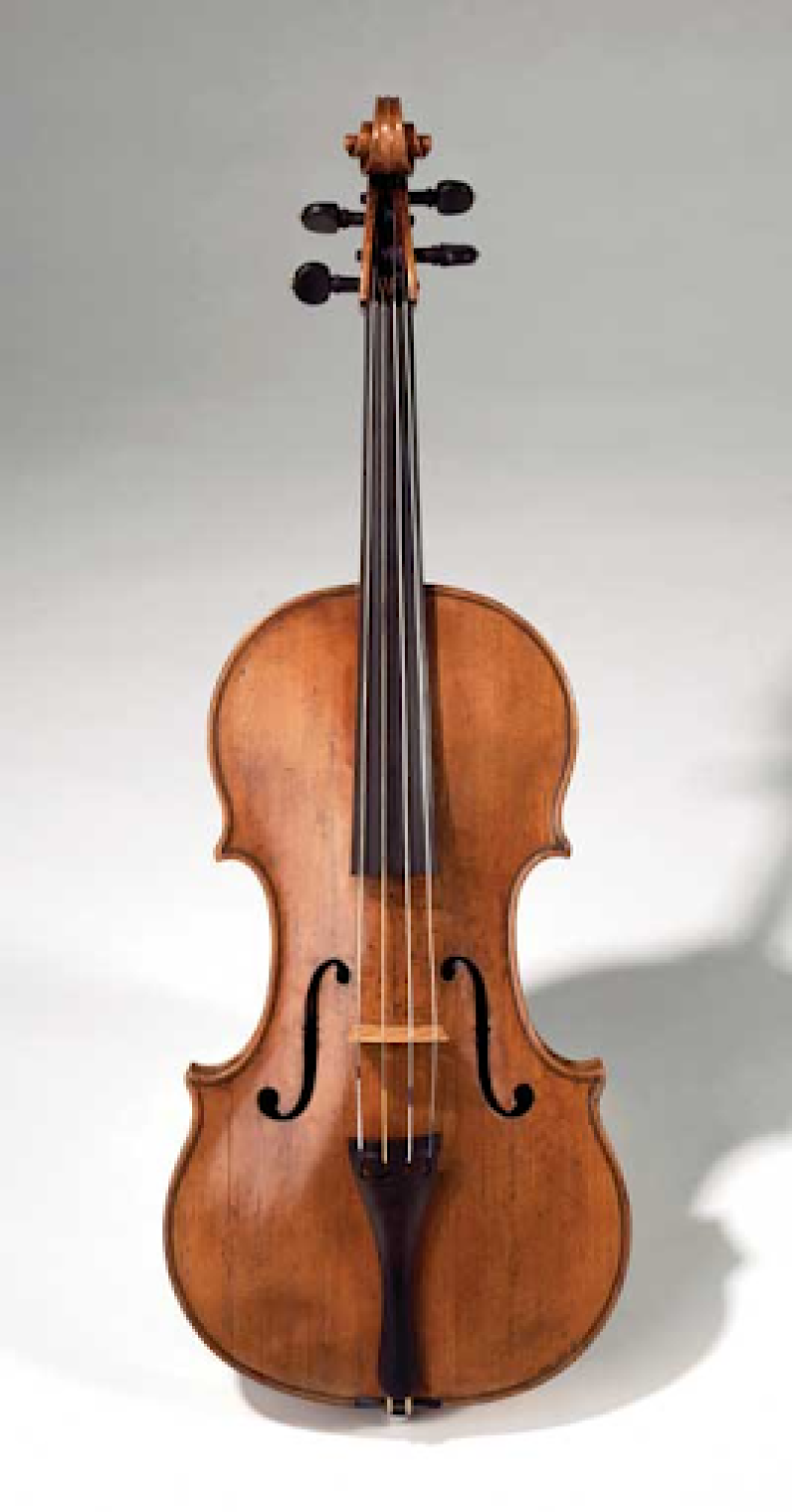
Musical Meaning in Amy Beach’s Gaelic Symphony
Larissa Mulder
This research explores compositional choices American composer Amy Beach utilized in her symphony to represent the tragedies of emigration and the resilience of Irish identity.
Read Larissa Mulder's essay below:
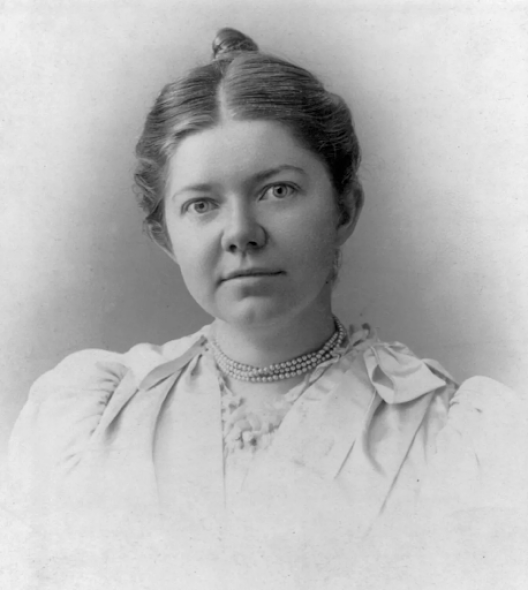


A Deeper Look Into the Meaning of the First Bach Cello Suite
Justin White
Bach’s first Cello Suite is one of the most recognizable pieces of music, but there is spiritual meaning behind just notes on the page.
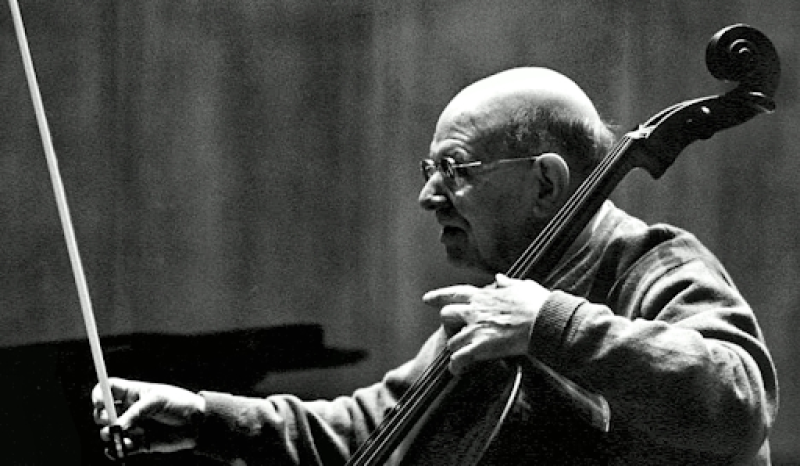
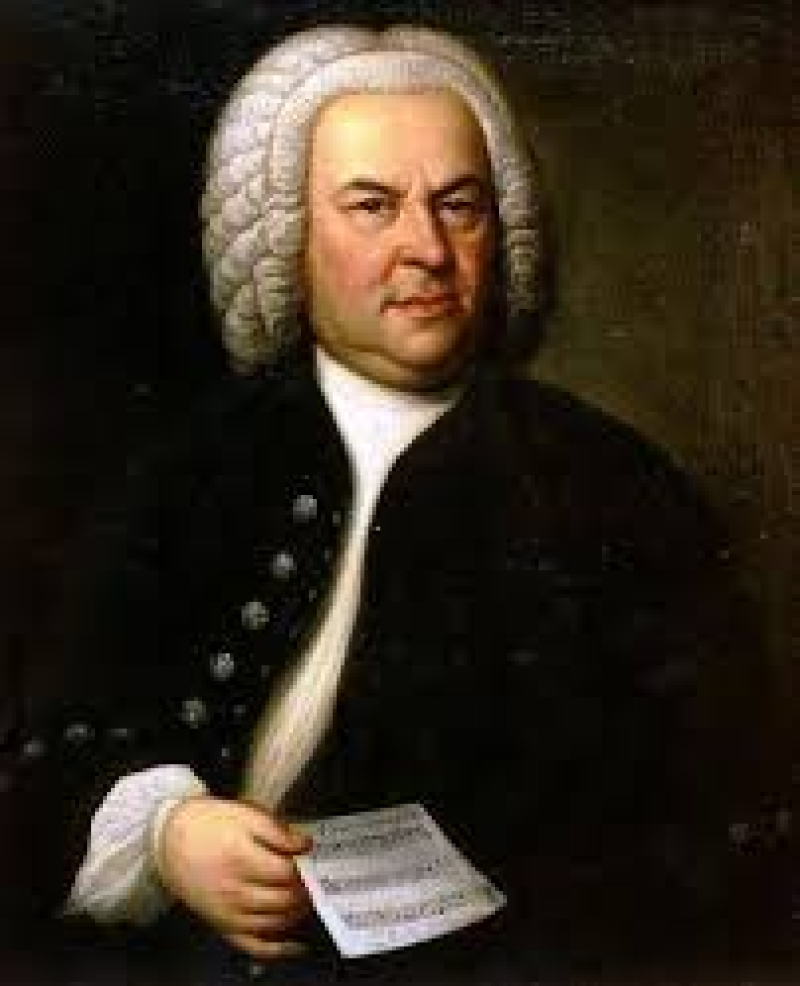

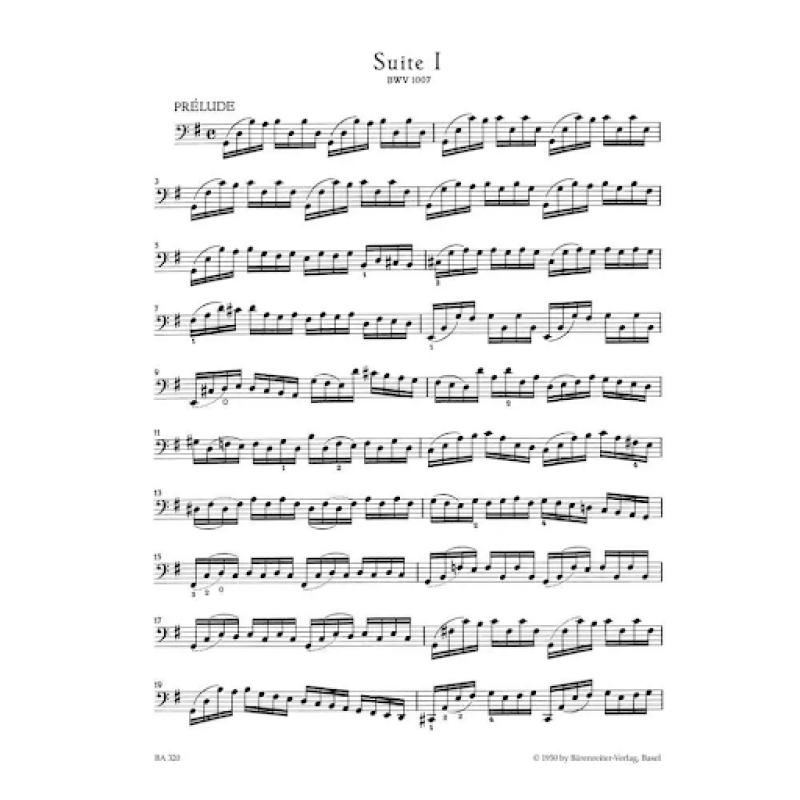
Header image: Sketch, recto. Beethoven, Ludwig van, 1770-1827. Piano concerto no. 5 in E♭, op. 73, first movement (sketches) : autograph manuscript, 1809? Concertos, piano, orchestra, no. 5, op. 73, E♭ major. Allegro (Sketches) Cary 44. Acquired from: https://www.themorgan.org/music/manuscript/114194/1

